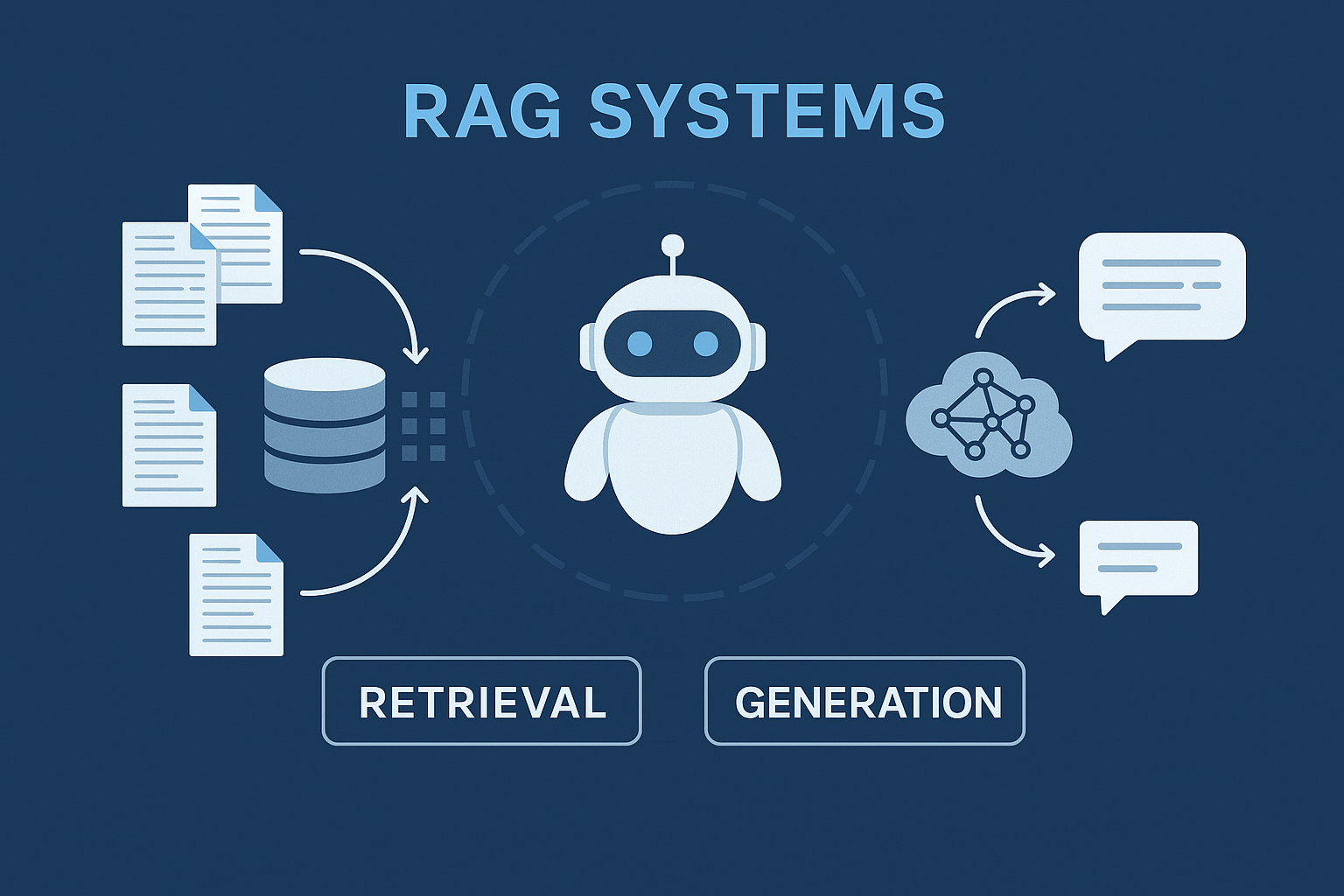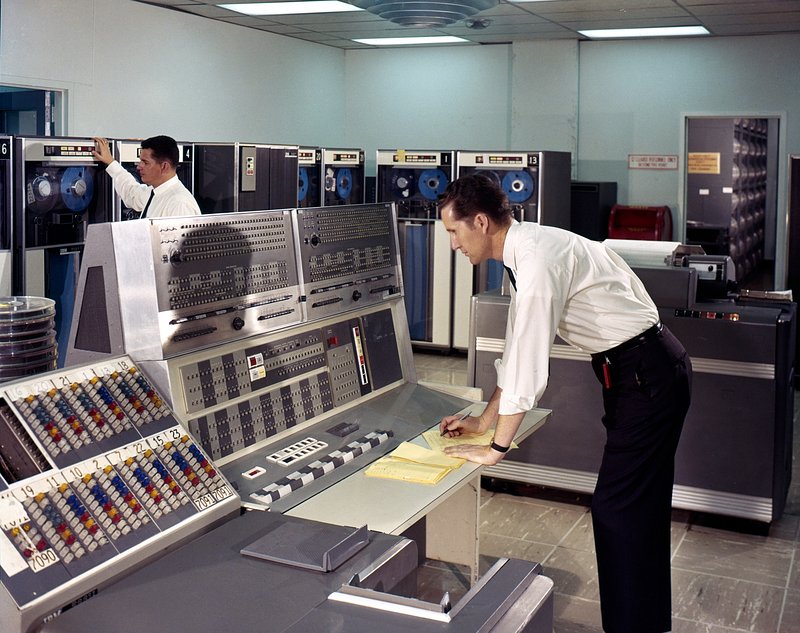
Retrieval Augmented Generation
Retrieval-Augmented Generation (RAG) is the technique that powers most advanced enterprise AI agents today. It allows your AI assistant to deliver grounded, context-aware answers — not hallucinations or vague guesses.
At EONIQ, we use RAG extensively in almost all of our Agents — to read coding guidelines or product documentation for our Specification Agent or the relevant contracts for our Claims Checking Agent – RAG is almost everywhere. But what seems a little bit like “magic” on the surface is, in fact, a carefully tuned system with many moving parts and potential pitfalls.
In this post, we’ll break down:
- How RAG works (in plain terms)
- Where things often go wrong
- What design choices we make when building your agent
What Is RAG, Really?
RAG stands for Retrieval-Augmented Generation. It’s a two-step architecture:
- Retrieval: The system finds relevant chunks of data or documents based on your query.
- Generation: A language model (like GPT) uses that retrieved data as context to answer your question or complete a task based on these document chunks.
This means your agent isn’t just using what it “knows” from training — it’s actively pulling from your documentation, tickets, PDFs, or databases before answering.

Core Components of a RAG System
Where RAG Systems Go Wrong
Despite its strengths, RAG can misfire — especially when systems are quickly built or poorly maintained. Here are common pitfalls:
- Bad source material: A great agent starts with great documents. If your PDFs are outdated, fragmented, or full of jargon, the agent won’t magically fix that.
- Wrong chunking strategy: Too much or too little context creates confusion for the model.
- Poorly chosen embedding models: Some work better in legal or technical domains; others excel at general language. Picking the wrong one = irrelevant retrievals.
- Naive similarity search: Sometimes the top match is semantically close — but not actually relevant to the user’s intent. That’s why re-ranking and filtering matter.
- Lack of traceability: Users don’t trust agents that “just say things.” Without visible sources or explanations, the output loses credibility.
How We Build Better RAG-Based Agents
We don’t just use RAG — we tune it for your domain, your documents, and your use case.
Here’s what we do differently:
Why It Matters for You
It is fundamentally important that the raw data is well read and accessible for your Agent, as it needs to understand your content deeply — and use it responsibly.
A well-designed RAG system means:
- Accurate, grounded answers
- Almost no hallucination
- Embedded domain knowledge
- Traceability and trust
A poorly designed one?
You get vague responses, frustration, and failed adoption.
Final Thought
RAG is not magic — it’s a system. One that requires careful engineering, clean content, and thoughtful tuning.
At EONIQ, we build custom AI Agents that don’t just work — they work on your knowledge, your rules, and your terms.




